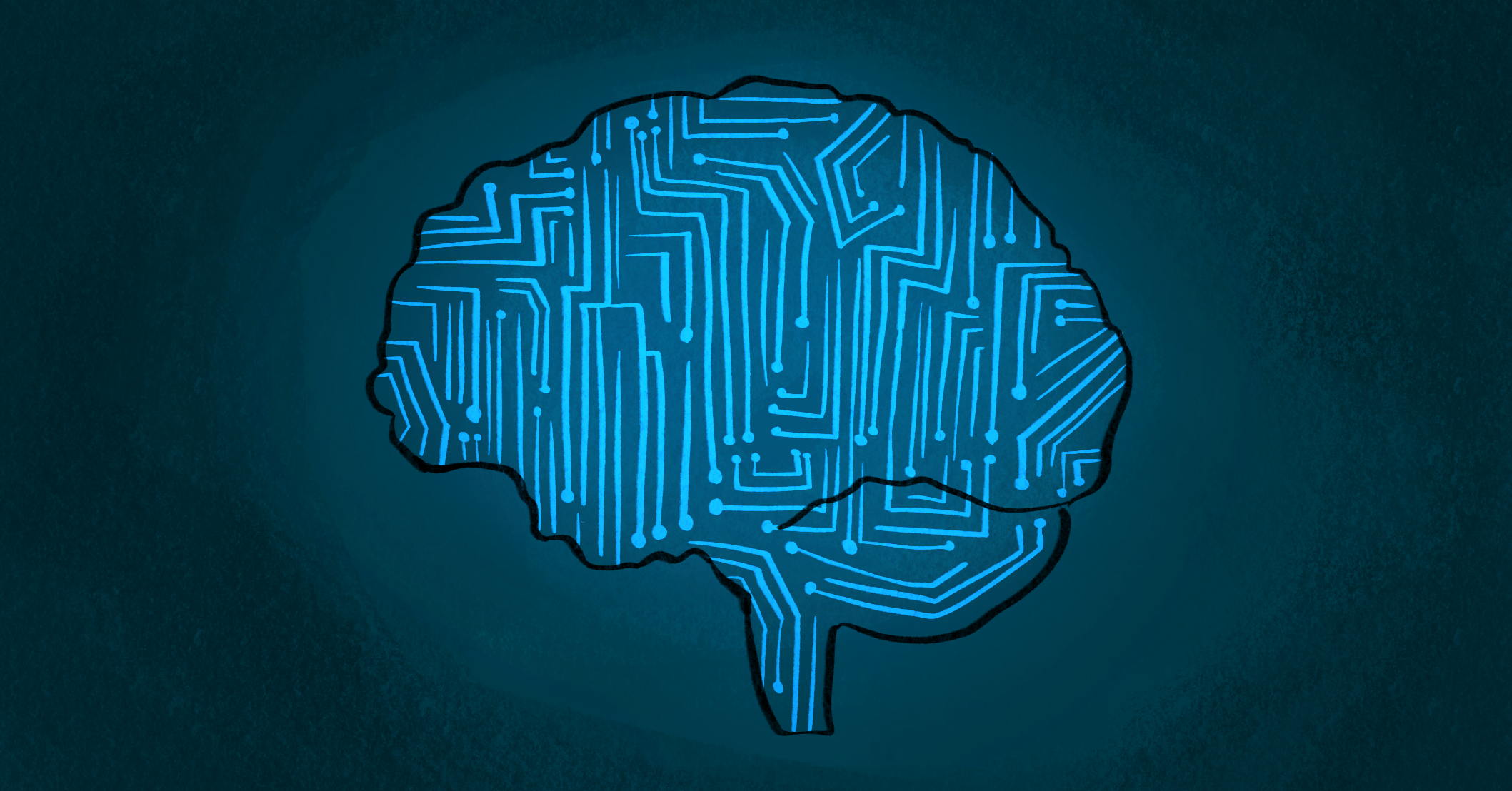Working with AI, rather than being ruled by AI
How to use AI as a tool and not as a replacement.
Twenty years ago, the idea of robots that can think and learn on their own was purely science fiction. It was fun to think about, but it was a fantasy. Today, artificial intelligence (AI) is very real, and only keeps improving upon itself.
AI is improving, but that does not mean we are heading straight into the fictitious plot of The Matrix (1999) or Scythe by Neil Shusterman. In fact, AI may never improve enough to rival human intelligence. Research and development are still in the early phases. So, instead of leaping straight to the conclusion that our future is going to be ruled by AI, why don’t we think about how to effectively use AI to enhance our work in university and other aspects of life?
Enhancement, not plagiarism
The keyword here is enhance—not just blindly using AI to do your assignments. Currently, AI hasn’t reached the level where it can write essays or solve problems with the same creativity or on the same level as humans.
Divya Maharajh, a sessional lecturer for the Communication, Culture, Information & Technology department at the University of Toronto Mississauga (UTM), remarks that “AI-written assignments carry a kind of ‘stench.’ The writing looks elegant and grammatical but often smells ‘off.’” She further elaborates that this “stench” comes from factors such as the lack of direct quotes, specific examples, and the use of uncommon vocabulary that AI loves. “ChatGPT loves to use specific words like ‘tapestry,’” Professor Maharajh explains. “But in 11 years of teaching, I have never seen students use ‘tapestry’ in their essays!”
The key is to use AI to enhance our work. The research of Liz Coulson, an assistant professor and coordinator of the Education Studies Minor program at UTM, gives us a glimpse into how to utilize AI in the new era. Dr. Coulson has been comparing how AI use and virtual reality (VR) can assist newcomer Canadian adults acclimate to life in Canada. The study asked two groups of immigrants to complete challenges—such as planning a trip across Canada—except one group had access to VR, and the other ChatGPT.
Erasing the communication barrier
While the research is underway, Dr. Coulson shared some facts she observed during the process. She agrees with Professor Maharajh that AI generated text is lacking and outlines that ChatGPT is good in providing an organizational framework. “One of the biggest hurdles in writing is coming up with the format, and ChatGPT can help alleviate some of those formatting pains,” she explains.
Professor Maharajh adds to the idea of AI-supported writing: “Rather than producing writing, AI is better used as a brainstorming and editing tool that helps develop a creative title or change the tone or reduce the word count of a piece.”
Current research investigating the use of AI in writing also indicates that AI streamlines the writing process, saving time and allowing writers to focus on the more creative phases of their writing. Rather than painstakingly going through a text to correct simple grammatical and textual mistakes, the use of AI-driven writing tools like Grammarly can help fix all these technical mistakes. Applications such as Quillbot can help you paraphrase your writing to make it more concise, while tools like Sudowrite can help refine your writing by proposing alternate sentence structures and removing overused clichés.
The power of communication stands on top of the world. It isn’t talented people who rise to the top, but people with the talent to communicate. UTM offers a professional writing and communication (PWC) program focused on teaching communication skills for various settings and content. Students in the PWC program spend months, and even years, learning the tips and tricks to better express themselves with writing. However, language barriers or lack of instruction cause many students without a writing background to fail at properly conveying their skills or thoughts to the world around them. This hinders and limits the opportunities that they receive, even if they can do more.
AI can erase that communication barrier. Software such as Grammarly and Quillbot can put a non-PWC student on the same playing field as a PWC student in terms of communication. AI can be the great tool that gives people opportunities.
Enhancing how we learn
AI can also improve how we learn. Take the field of computer science, for instance. In November 2023, Daniel Zingaro, an associate teaching professor at UTM, and Leo Porter, an associate teaching professor in the Computer Science and Engineering Department at the University of California San Diego, co-authored and published the book Learn AI-Assisted Python Programming: With GitHub Copilot and ChatGPT. The book focuses on teaching students the basics of programming with the assistance of the popular AI tools, GitHub, Copilot, and ChatGPT.
In a talk last year, Dr. Zingaro described how research suggests that coding with an AI assistant led to students being more eager to learn programming, and less stressed, discouraged, and irritated while completing exercises than students who didn’t use an AI assistant. He hypothesizes that this eagerness comes from not having to deal with syntax errors and the reduced focus on the specific constructs of a programming language.
Dr. Porter builds upon this, describing how he “wants to incorporate AI so [he] can teach more advanced material early on in the curriculum.” Rather than spending time teaching basics such as syntax or how to build a for loop, AI assistants can help students learn these concepts outside the classroom. Meanwhile, teachers can focus more on teaching students impactful higher-level coding concepts, such as problem decomposition and debugging.
Every single course has certain barriers to entry. For computer science, its decoding syntax. These barriers can prevent students from learning what’s important in the course, instead bogging them down with the small details. However, with AI, the difficulty of these barriers can be dissolved, providing access to more information for students to learn in class.
The issue of plagiarism
Not everything about AI is sunshine and roses. One of the best advantages of AI is that you have an ever-present, omniscient conversational partner you have by your side who has the power of a search engine. As Dr. Coulson says, “Having conversations with a chatbot can expand your creativity and help students think in different ways.” But the credibility of ChatGPT is questionable at best.
The MLA citation style allows you to cite ChatGPT search prompts. Some researchers are even listing ChatGPT as authors of their research papers. However, the many researchers believe that ChatGPT isn’t credible as the author of a paper. In terms of academic quality, Dr. Coulson likened ChatGPT to Wikipedia—a great starting point to gather more information, but not appropriate to an academic setting.
“I have used ChatGPT to collect information,” Dr. Coulson adds. “But when I ask for a citation, the AI often directs me to articles that don’t exist. Therefore, I feel it’s important to go back to a vetted source of information, like the U of T Library.”
However, it’s not just ChatGPT that comes under the fire of plagiarism. In her current research, Dr. Coulson admits that tools like Grammarly have helped foreign students communicate effectively. But even the use of Grammarly can be construed as plagiarism.
There are a certain number of challenges with editing AI text. Is it the AI that wrote the piece, or is it still you? Are the suggestions that ChatGPT gave you original, or were they copied from some obscure article on the web? These are questions that currently have no answer and are being investigated.
Moving Forward
The field of AI is still young, and the world hasn’t fully gotten used to it yet. Dr. Coulson described that situation as being in the early stage of the diffusion curve—but the use of AI will grow rapidly. One prediction she had was that universities are all going to generate their own open AI platforms—their own mini ChatGPTs—that can be cited by students in their work.
However, one thing is for sure: AI is here to stay. Rather than avoiding it, now is the time to embrace it. At UTM, computer science courses allow you to use generative AI for assignments, so long as you cite it. By incorporating AI into our curriculum, we can learn more easily.
Dr. Coulson described her ideal of a wonder-driven learning environment. An environment students feel a genuine sense of wonder for what they learn, go places they could never go before, and satiate their curiosity. With AI, that dream can come true.
Associate Features Editor (Volume 50) — Madhav is a second-year student completing a double major in Mathematics and Computer Science, and a minor in Professional Writing and Communication. Everyone in UTM has a unique story that makes them special and deserves to be told. As an Associate Features Editor, Madhav wants to narrate these types of stories with creative and descriptive writing. In his off time, Madhav loves watching anime, reading manga or fantasy novels, and listening to music.


